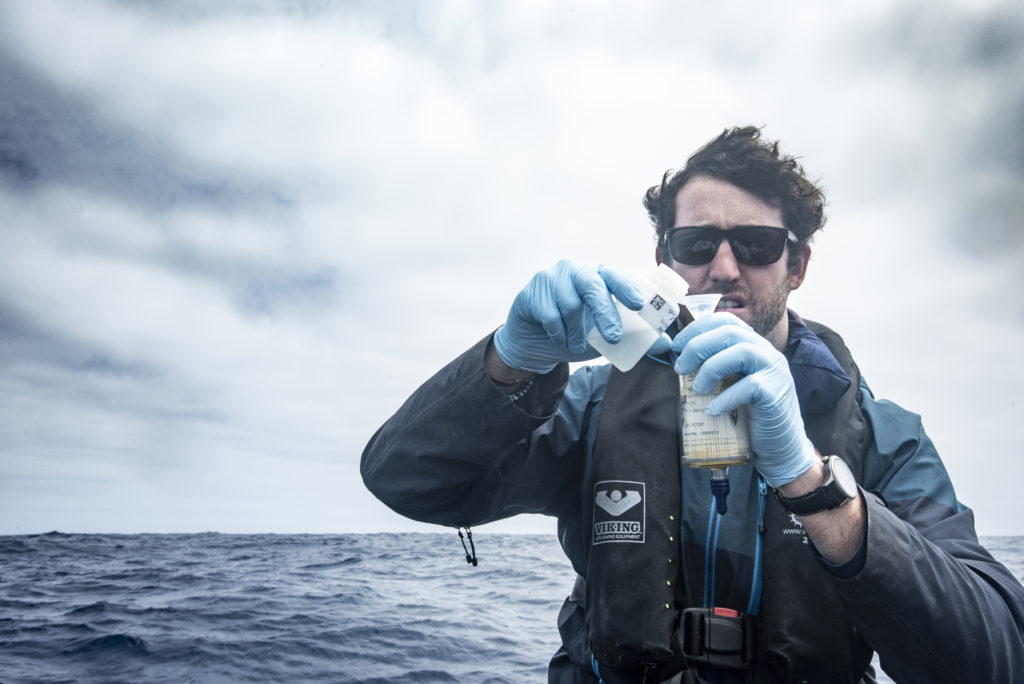A team of Greenpeace activists, divers and scientists recently discovered a “biodiversity haven” off the coast of Cape Town. This marine hotspot is crucial in ensuring the resilience and health of our oceans.
Experts aboard Greenpeace’s iconic Arctic Sunrise made the discovery on Vema Seamount, a seamount in the South Atlantic Ocean 1 000km off the coast of Cape Town. During their expedition, divers documented a kaleidoscope of underwater flora and fauna such as striped bream, various calcareous algae and crustacean species that thrive in these oceanic ecosystems.
They particularly noted that the Tristan Crayfish population in this area were able to recover after being fished to the brink of extinction twice in the past.
The discovery proves that seamounts are unique wildlife hotspots incredibly important to sustaining our oceans. Seamounts are unique mountain formations that rise from the ocean floor but do not reach the water surface. Some seamounts originate as islands and become sunken over the years.
“We don’t need to look far to find the beauty we must protect: the bountiful marine life we have found is a sure sign that seamounts are unique wildlife hotspots, critical to the resilience and health of our oceans,” said Bukelwa Nzimande, Climate and Energy Campaigner for Greenpeace Africa. “It is this resilience that gives them a living chance in the face of the climate crisis, which they are directly impacted by.”
“Marine life in these unique areas are able to flourish and entire species recover, provided that the right measures are established and implemented,” continued Nzimande. “This is why the creation of ocean sanctuaries through an instrument like the Global Oceans Treaty is not only necessary, but critical. Current protections are insufficient and poorly implemented; we need real action to protect life in our oceans and further build resilience on a planet in crisis.”
Image: Green Peace Africa

